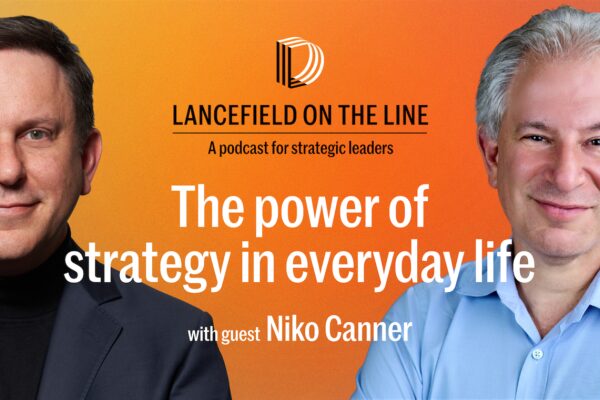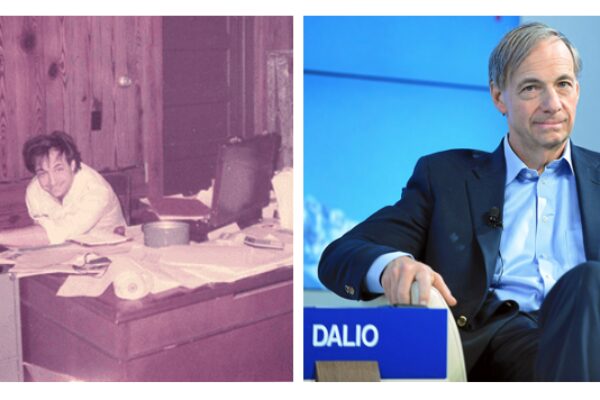
None of us are truly self-made, but when it comes to shaping capacity to achieve, there’s at least some degree to choose one’s parents. Shaping influences matter a great deal, and the best such influences can prove enormously powerful. Architect and architectural theorist Bill Hubbard describes what this kind of influence can be:
It was not just the house and its promise of a better world, nor was it the house’s qualities of light and space and restraint. And it was not just the collections of found objects arrayed casually (but with museum-case beauty) on tabletops and shelves. It was not so much the house that made an impression, it was the way life was lived there. It was the vases of roses – the old, heavy-fragranced kind, always in a mixture of colors, each rose perfect and fully blown, just on the point of dropping its petals. And it was the tea, served on the terrace from an old-fashioned china pot into delicate cups. And always sweets, but not just any sweets: with the tea there would be a great panettone, or biscotti, or millefeuilles. Or berries, a very few but each fresh-picked with thick cream, eaten with big sterling dessert spoons. And all of this while looking out over the tawny grass toward a sliver of the Pacific, the whole moment accompanied by the rustle and smell of eucalyptus trees. As the light faded and it came time to leave, you would float reluctantly away; and for hours—days—thereafter you would catch yourself trying, in small gestures, to recreate that world in your own life.
I would venture to say that every architect has his or her own version of my Ray Eames story, either in some personal acquaintance, or in a book – or building-engendered imagining, or in the experience of a glancing encounter (a lecture, say) that confirmed and vivified prior expectations about the kind of world that design can open.
If you are not an architect, nevertheless you too have probably had a similar epiphany – perhaps a conversation in later years with a great teacher of your early days. In that encounter you were brought to remember how, when she had spoken in the classroom, the chaos of your young life had come to make sense. She had seemed, then, to possess a system of ideas, and with those ideas she had always been able to give you an explanation of why things happened as they did. Talking with her now, you could see that the whole of her life and emanated from that system of ideas, had been in fact a lived confirmation of them.
On reflection, though, you realize that her life hadn’t just flowed unbidden from those ideas; she had at some point resolved to live her life so as to enact them into reality. Her life had instanced those ideas. She had taken what were mere abstractions and lived them into a kind of realness that could be experienced by all she touched, most especially you.
“To have such a life!” we say to ourselves, for two very human desires are joined when we can bring ourselves to live by a system of ideas. The world around us makes sense. And our own life, as an instantiation of those sense-making ideas, seems purposive, meaningful, exquisite.
Design is such a system of ideas. And what I and others felt at the Eames house, what Wright’s followers felt at Taliesin, was the experience of design ideas being instanced, enacted into convincing, exquisite reality.[i]
[i] Bill Hubbard, Jr, Theory for Practice: Architecture in Three Discourses
Image by Tiffany Franke – http://tiffanyfranke.tumblr.com



